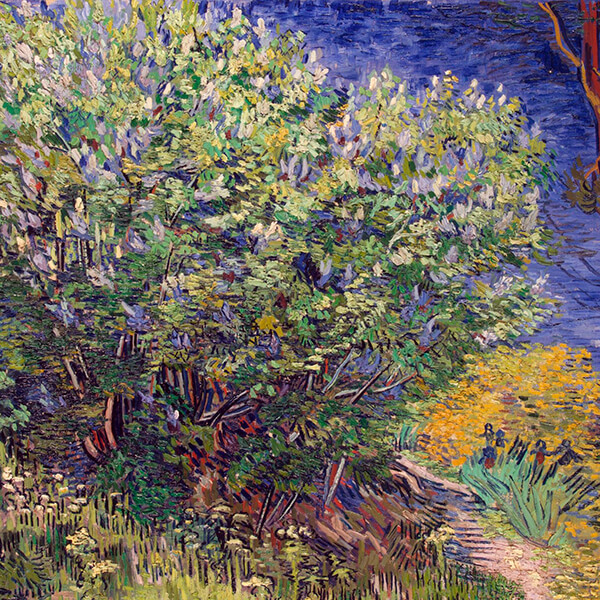The State Hermitage Museum in St Petersburg, Russia, located in the Winter Palace of the tsars, has joined the non-fungible token fray, announcing an auction of tokenised versions of several masterpieces from its collection—including a painting by Leonardo da Vinci. The sale will take place at the end of August on the Binance NFT marketplace.
Among the hurdles the museum had to clear in setting up the sale was Russia's recent cryptocurrency law according to which digital assets are virtually banned as a monetary currency.
Mikhail Piotrovsky, the general director of the Hermitage, said in a statement on 26 July, that the auction sale was “an important stage in the development of the relationship between person and money, person and thing,” and said that NFTs “create democracy, make luxury more accessible, but are at the same time exceptional and exclusive.”
Digital copies of the originals being put up for sale will include Leonardo da Vinci’s Madonna Litta, Judith by Giorgione, Vincent van Gogh’s Lilac Bush, Wassily Kandinsky’s Composition VI, and Corner of the Garden at Montgeron by Claude Monet. The project is titled “Your token is kept in the Hermitage.”
Piotrovsky describes the foray as a first step in the museum’s digital growth: “We will expand other opportunities, in particular digital ones, which will introduce the collections and the palace. We will build new experiments based on new technologies”.
The Hermitage's NFTs will be signed by Piotrovsky and a copy of each will remain in the museum, where they will be shown in an exhibition devoted to NFT art this autumn. As a result, according to the museum, Piotrovsky “not only assured the authenticity of a limited series of works, but also created an independent work by applying his signature, date and exact time of signing, thereby giving them absolute uniqueness, immortalised in the blockchain.”
The auction proceeds will go to the museum, although in an interview on the day of the announcement, Piotrovsky told The Art Newspaper that the Hermitage was treating it as an experiment. “We try everything,” he said. “Since NFTs exist, we need to try them. We’re not looking at it as a way of making money. It’s not clear how one can earn from this. Maybe it’s not possible. But it’s interesting for us because it’s a new form of people’s relationship with art.”
Marina Tsyguleva, the head of the Hermitage’s legal department, told a business forum in July that the museum was looking at various ways of reconciling Russian legislation regarding cryptocurrency and works from museum collections with NFTs. Having Piotrovsky’s timestamped digital signature on the works solved some of those issues.
The Hermitage said in its statement that developing a model “for the creation and sale of NFT, which fully complies with Russian legislation” is an important precedent “that will allow integrating the Russian market into the international turnover of NFT.”
Hermitage museum mints Leonardo, Monet, Van Gogh NFTs to raise funds
07 / 27 / 2021
The Russian museum had to overcome country's stringent restrictions on cryptocurrencies

